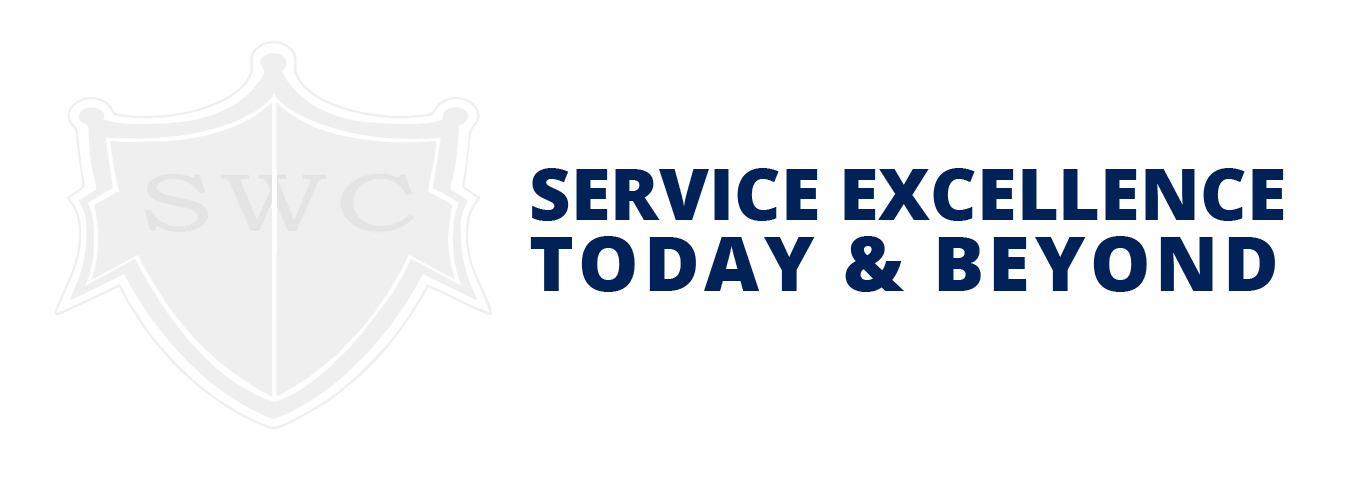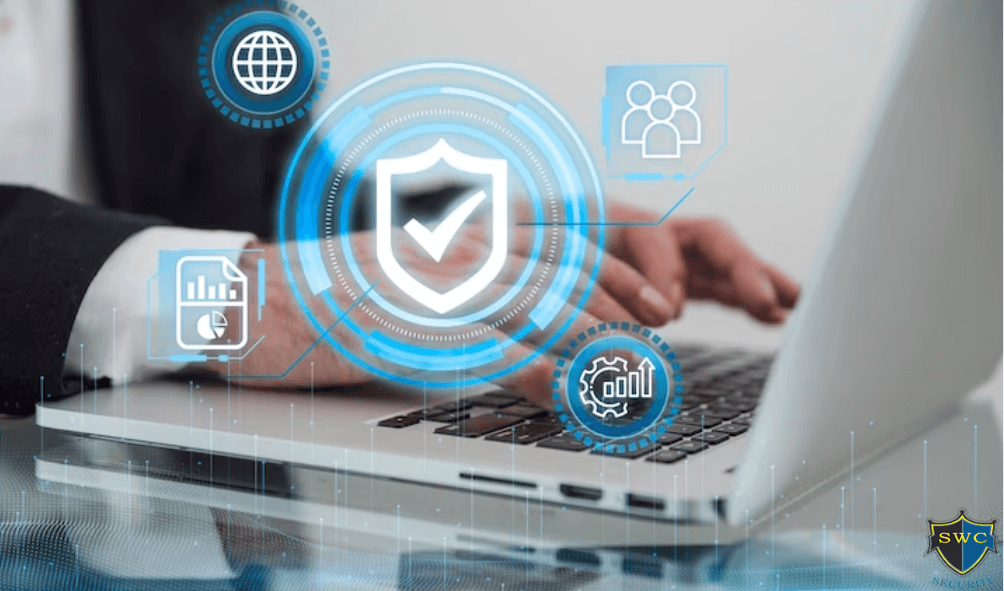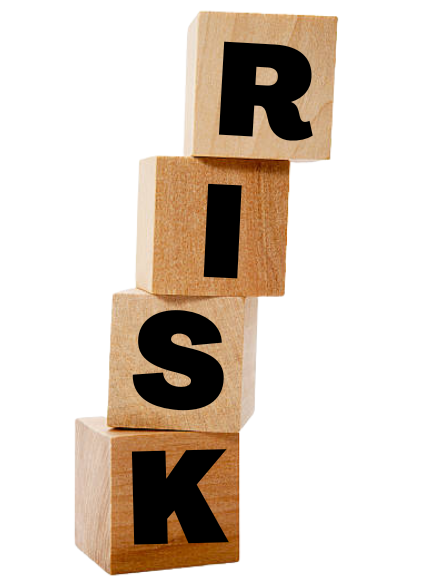When it comes to ensuring the safety and security of your business or organization, partnering with a reliable security company in Melbourne is crucial. Security consultants offer valuable expertise and guidance to help you identify vulnerabilities, assess risks, and develop effective security strategies. To ensure you choose the right consulting company for your needs, it’s important to ask the right questions.
In this blog, we will outline the top questions to ask your security consulting company, empowering you to make an informed decision and establish a successful partnership.
What is your experience and expertise?
Start by asking about the security consulting company’s experience and expertise in the industry. Inquire about their track record, the number of years they have been in business, and the types of clients they have worked with. Assess their level of knowledge in your specific industry or sector. Look for consultants with diverse backgrounds, relevant certifications, and a proven ability to handle security challenges similar to yours.
Can you provide references or case studies?
Ask for references or case studies that demonstrate the consulting company’s past successes. Contact these references to inquire about their experience working with the company. Case studies can provide insights into the methodologies and solutions implemented by the consultant and how effective they were in addressing specific security concerns. This information will give you a better understanding of the consulting company’s capabilities and the potential value they can bring to your organization.
How do you approach risk assessment?
A thorough risk assessment is the foundation of effective security planning. Ask the security company in Melbourne about their approach to risk assessment. Inquire about the methods and tools they use to identify vulnerabilities, assess threats, and evaluate the likelihood and impact of potential risks. Understanding their risk assessment process will help you determine if it aligns with your needs and if they will provide a comprehensive evaluation of your security requirements.
What range of services do you offer?
Security consulting companies may offer a range of security services in Sydney beyond risk assessment, including security audits, policy development, emergency response planning, and training programs. Inquire about the full scope of services they provide and whether they can address your specific security needs. Assess if they have the expertise and resources to deliver comprehensive solutions that cover all aspects of your organization’s security requirements.
How do you stay up-to-date with industry trends?
The security landscape is constantly evolving, with new threats and technologies emerging regularly. Ask the consulting company how they stay up-to-date with the latest industry trends and advancements. Inquire about their involvement in industry associations, participation in conferences or seminars, and engagement in ongoing professional development. A reputable consulting company will prioritize continuous learning and ensure its consultants are well-informed about the latest security practices and technologies.
How do you approach collaboration and communication?
Effective collaboration and communication are vital for a successful partnership with a security consulting company. Inquire about their approach to working with clients and their ability to collaborate with your team. Ask about the frequency and format of communication throughout the engagement. Clear and transparent communication channels will enable you to stay informed about the progress of the project and address any concerns or questions that may arise.
Choosing the right security consulting company requires thorough evaluation and asking the right questions. By inquiring about their experience, expertise, references, approach to risk assessment security in Melbourne, range of services, commitment to staying up-to-date, and communication practices, you can confidently select a consulting partner that will provide valuable insights and support in enhancing your organization’s security.









